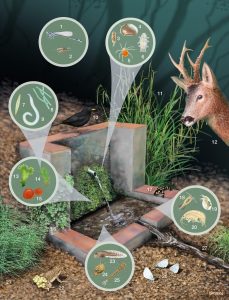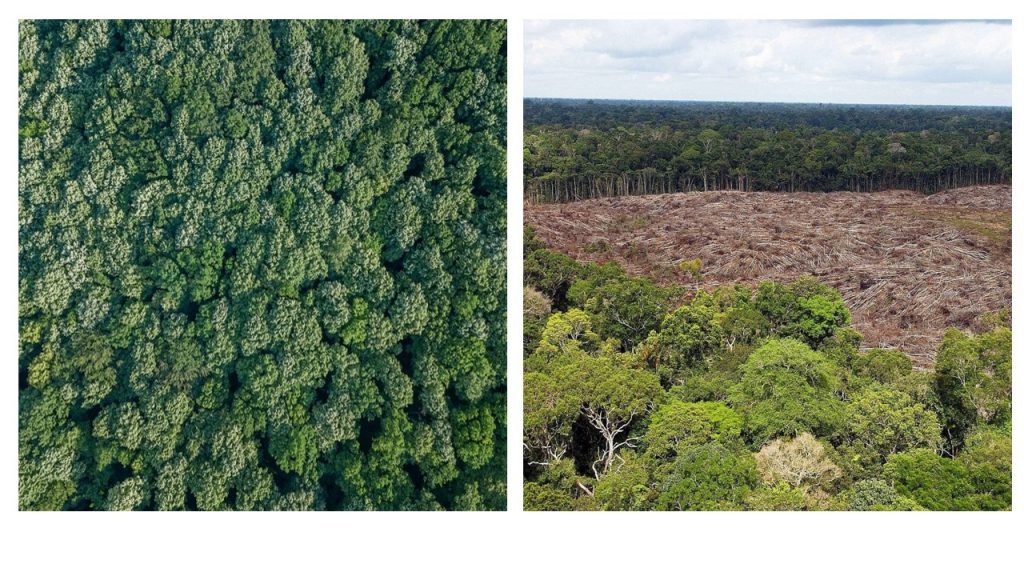
Since the Industrial Revolution, climate change and direct human activities have shown a significant impact on water, carbon, and energy exchanges between the land surface and the atmosphere across a large part of the planet. Too much or too little water availability can disrupt normal vegetation growth, both for natural and cultivated plants.
Although recent studies have shown that global vegetation is greening as a result of elevated atmospheric carbon dioxide (CO2) concentrations, nitrogen deposition, climate warming, and changes in land‐use and land‐management at regional and continental scales, this is simultaneously exacerbating water demands on ecosystems to some extent. In addition, global ecosystems are projected to become increasingly vulnerable to droughts associated with climate change in the future. Thus, we are obliged to take into account water constraints on vegetation growth when looking at the current phenomenon of the greening of the Earth.
New paper published in Earth’s Future studies vegetation growth that has taken place in China under climate change and human activities over the past few decades. In this study, authors provide a comprehensive assessment of recent water constraints and their implications for vegetation growth in China between 1982 and 2015. Authors analyse the spatiotemporal patterns of the relationship between vegetation growth and water availability.
According to this study, recent water constraints on vegetation growth were hidden in the overall greening of China. More than half of China’s vegetated areas were regarded as vegetation water deficit regions, with this situation being expected to worsen in the future. “More importantly, our study revealed that climate and atmospheric CO2 had different weights in regulating vegetation growth across water deficit and water surplus regions”, highlights Dr. Yang Song from Institute of Crop Sciences and National Nanfan Research Institute (Sanya), Chinese Academy of Agricultural Sciences, China.
In Further analysis this study shows that climate and atmospheric CO2 have exerted varying levels of importance in regulating vegetation growth across different water constraints. With increasing water constraints, more regions become climate‐dominated and fewer become CO2‐dominated.
“Overall, our findings are important for further understanding land carbon sink under climate change, highlighting the need for explicit consideration of water constraints on sustainable vegetation greening trends. As an indirect climate change impact, water constraints on vegetation growth should be considered by land surface models to reduce uncertainties in terrestrial water and CO2 flux projections. This will help decision‐makers recognize the uncertainty of sustainable vegetation greening trends” concludes Prof Josep Peñuelas, from CREAF-CSIC.
Reference: Song, Y., Penuelas, J., Ciais, P., Wang, S., Zhang, Y., Gentine, P., McCabe, M.F., Wang, L., Li, X., Li, F., Wang, X., Jin, Z., Wu, C., Jin, X. 2024. Recent Water Constraints Mediate the Dominance of Climate and Atmospheric CO2 on Vegetation Growth Across China. Earth’s Future 12(6), e2023EF004395. Doi: 10.1029/2023EF004395.








